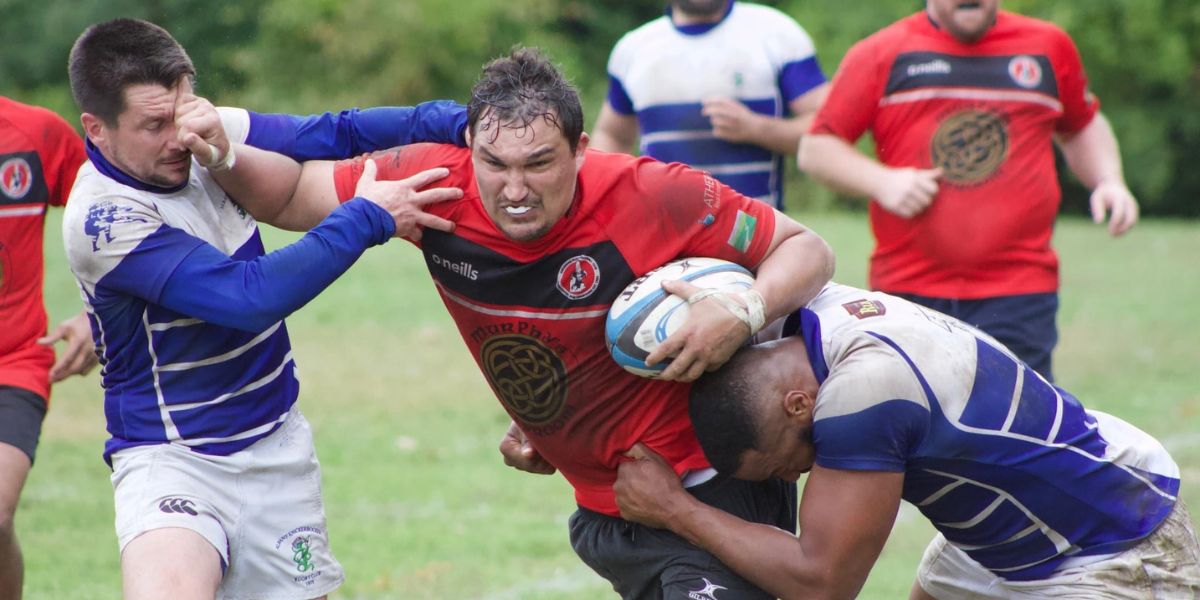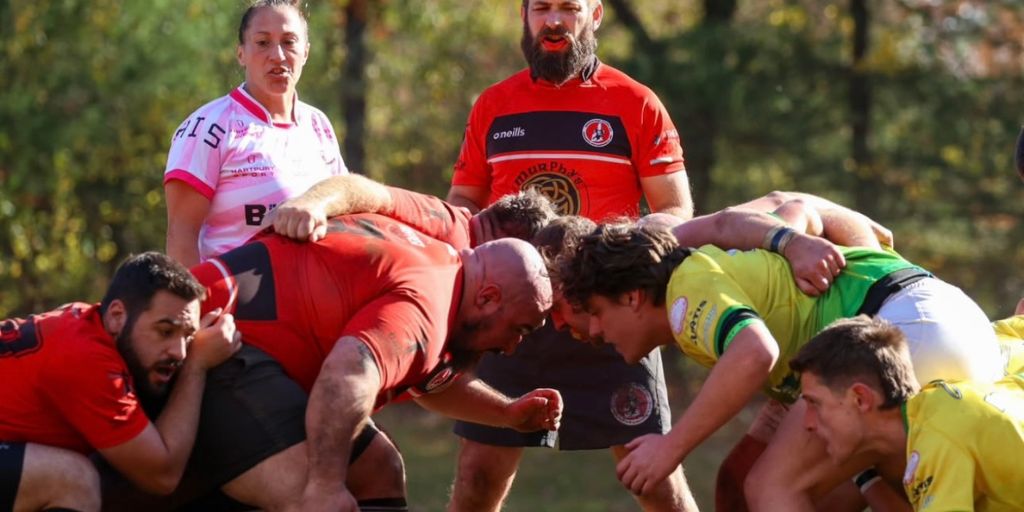Jonathan Ramirez, DPT. Amoskeag Rugby Football Club member.
Rugby is a sport that blends speed, strategy, and sheer physical grit. Whether you’re crashing into a tackle, sprinting for the try line, or rucking for possession, you’re using almost every muscle group in your body.
Globally, rugby is one of the fastest-growing sports, attracting players of all ages and skill levels. That includes right here in New Hampshire, where I play for the Amoskeag Rugby Football Club.
The Amoskeag Rugby Football Club was founded in 1984 by members of the now defunct Concord Rugby Club. After its formation, Amoskeag moved to Manchester, New Hampshire. Amoskeag currently boasts five programs: Men, Women, Old Boys (over-35s), Youth, and Rookie Rugby. The membership includes men, women, and youth from New Hampshire and northern Massachusetts.
This summer, all eyes will be on the Women’s Rugby World Cup in England (August 22–September 27). The USA Women’s Eagles will face some of the toughest teams in the world, and the level of athleticism and physical contact will be intense. With high-level tournaments like this, conversations often turn to injury prevention, sports injury treatment, and return-to-play protocol.
At Granite State Physical Therapy, we specialize in physical therapy for contact sports injuries, including rugby. From weekend warriors to competitive athletes, we help players get back on the pitch (playing field) safely and stronger than before. Here’s a look at the 10 most common injuries that can occur during rugby, and how sports physical therapy can help you recover.
- Knee Injuries (ACL & MCL) – Sudden changes in direction, awkward landings, and high-speed collisions make the knee especially vulnerable. ACL tear rugby recovery and MCL sprain rehab often involve strengthening, stability work, and progressive return-to-sport training.
- Hamstring Strains – Explosive sprints and overstretching during a kick can lead to hamstring strains. Hamstring strain recovery exercises in sports rehab focus on building strength as muscles lengthen (eccentric strength), flexibility, and preventing re-injury.
- Ankle Sprains – Twists and uneven ground can cause ankle ligament injuries. Ankle sprain treatment includes balance training, mobility work, and sport-specific drills to restore agility.
- Shoulder Dislocations – Tackles and falls often lead to dislocations or instability. Shoulder dislocation and rotator cuff injury rehab combine strengthening, mobility, and protective taping strategies.
- Concussions – Contact sports carry concussion risks. Concussion recovery includes guided rest, gradual reintroduction to physical activity, and close monitoring under a return-to-play protocol for rugby.
- Neck Injuries – Scrums and tackles can strain the neck. Neck injury treatment involves mobility restoration, postural training, and strengthening to protect the spine during contact.
- Hand and Finger Injuries – From fractures to ligament tears, hand/finger injuries from are common in ball handling and tackles. Physical therapy helps restore grip strength and mobility.
- Bruised or Fractured Ribs – Hard impacts to the torso can sideline players. Recovery focuses on pain management, breathing exercises, and core stability work before resuming full play.
- Muscle Contusions – Deep bruises happen with physical play. Targeted therapy can improve blood flow, reduce stiffness, and accelerate healing.
- Overuse Injuries – From repetitive kicking to constant scrummaging, overuse injuries respond well to injury prevention training and smart load management.
How Physical Therapy Supports Rugby Players
- Sports rehab for rugby players of all levels, from club to elite
- Rugby injury assessments to determine the best course of care
- Recovery exercises tailored to your position and style of play
- Rehab after knee, shoulder, and neck injury treatment based on current sports medicine best practices




